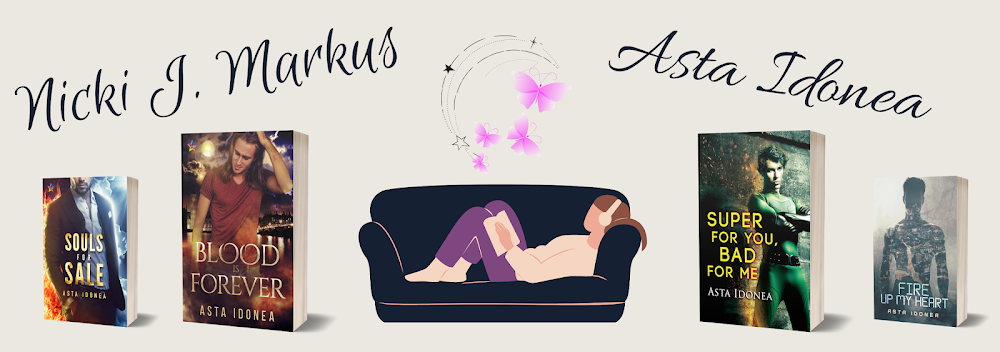In part two of my How I Write series, I am going to talk about how I create characters. This information was requested by one of my pen pals, and is also something I was discussing with a fellow writer when we met for coffee a few weeks ago.
My fellow writer and I were talking about fan fiction. Now, like many others, my first 'publications' were fan fiction (mostly slash) pieces. One of the skills needed for writing good fan fiction is to write in a way (both in terms of prose and dialogue) that presents an accurate depiction of the already-established characters. I always had a good ear for dialogue, and often received comments on how in-character my stories were, that people could imagine the characters/actors saying my lines. That was great and was a valuable asset in fan fiction writing... but not so helpful when it comes to original works.
The initial challenge I had when moving from fan fiction to writing my own manuscripts was characterisation. It was easier to write a character I already knew; it was much harder to create one from scratch. Until I realised, you are never creating something completely from scratch; you can always pick certain traits from different places and merge them together to create something new.
Anyone who knows me and reads my books will quickly notice that many of my heroines have similarities to me. None of them are me, but one may have a similar taste in books to me, another may like the same foods. It is small details, woven into the story, that bring characters to life, and you can compile these traits from a range of sources.
One thing I like to do early on for any longer works I am working on is to write up a character profile for each of my main characters (and some important secondary characters). The length and complexity of these profiles is up to you. There are many examples around online, and I looked at a few and merged the bits I liked from each to create my own template. They can include anything from basic information such as hair and eye colour to items such as fears and relationship history.
Sometimes I commence my story ideas with plot, other times with character. Either way, it tends to be one character (usually the hero or heroine) who whizzes around in my brain first, and then I build the rest of the cast around them. Let me give you an example....
In The Ragnarök Chronicles I first had this idea of a heroine who senses a coming frost and no one else believes her. It was just a random idea I scribbled down, and then set aside. It was some months later when I came across my notes and it occurred to me that the frost could be caused by the frost giants of Norse Mythology. From there, I began to get a bit more of an impression of Cassandra - who she was and what she was like - and the beginnings of the plot began to slot into place around her. By that time, my anti-hero was also emerging in my mind, and Cassandra's best friend, Sarah, who would provide both support and act as a foil when necessary. With these characters established, I began to write, and other supporting characters arrived as and when I needed them. The Ragnarök Chronicles is split into three books, and once I was half-way through the first draft of Book One, I had character profiles written for all the major players who would appear throughout the three books. I referred back to these when I needed to check details or flesh out the characters' back-stories. I very rarely prepare a detailed plot plan before I start writing, but I usually have a vague idea of the basic story arc and let the characters guide me from there as I write.
Join me next time when I will look in a little more detail at how I go about creating believable characters through characterisation and dialogue.

No comments:
Post a Comment